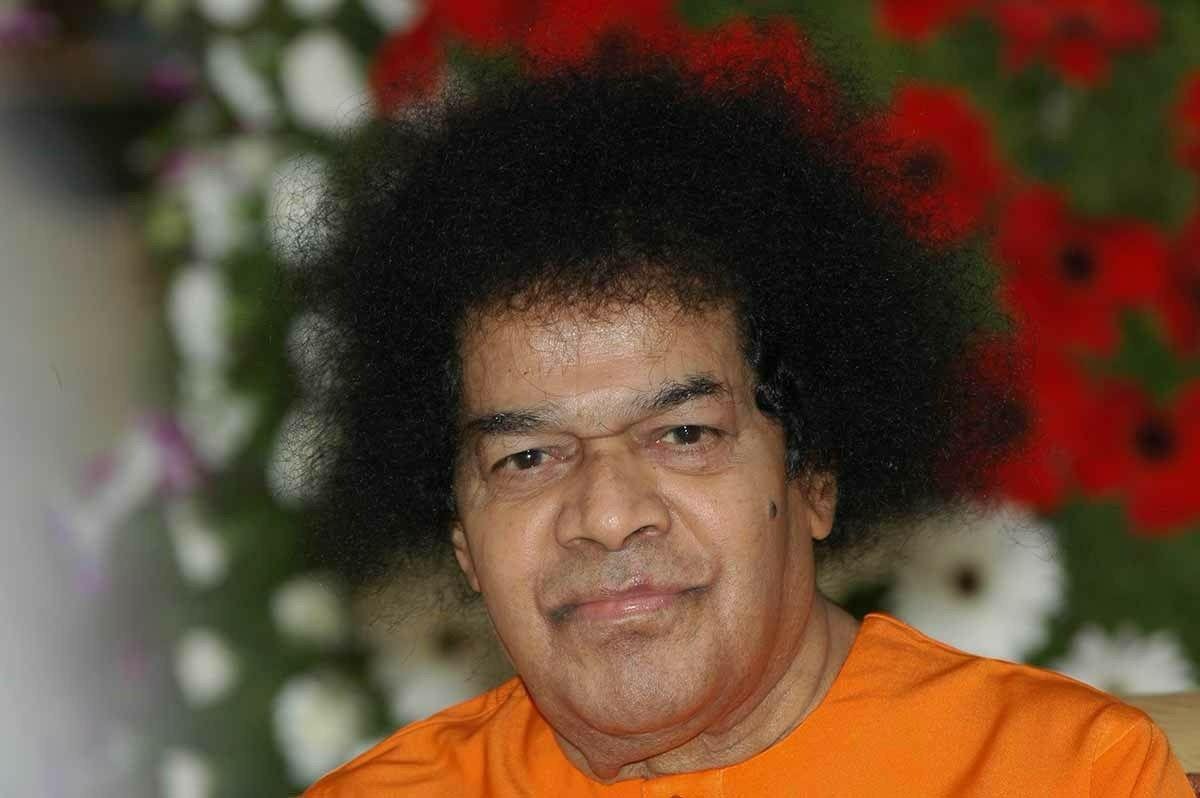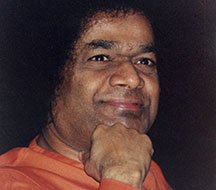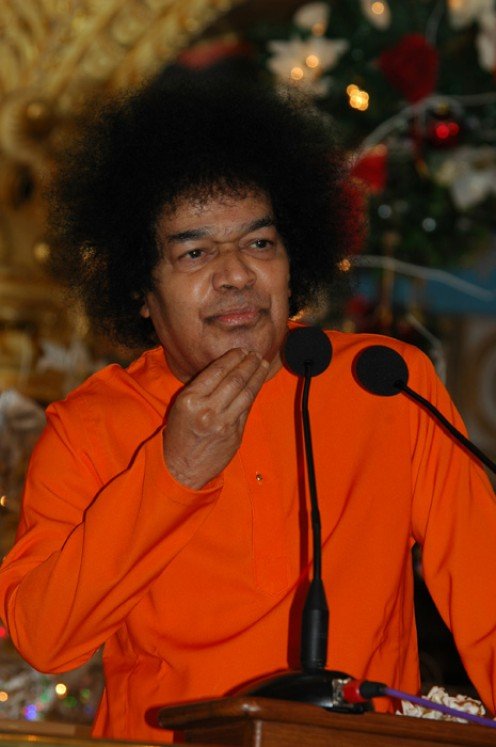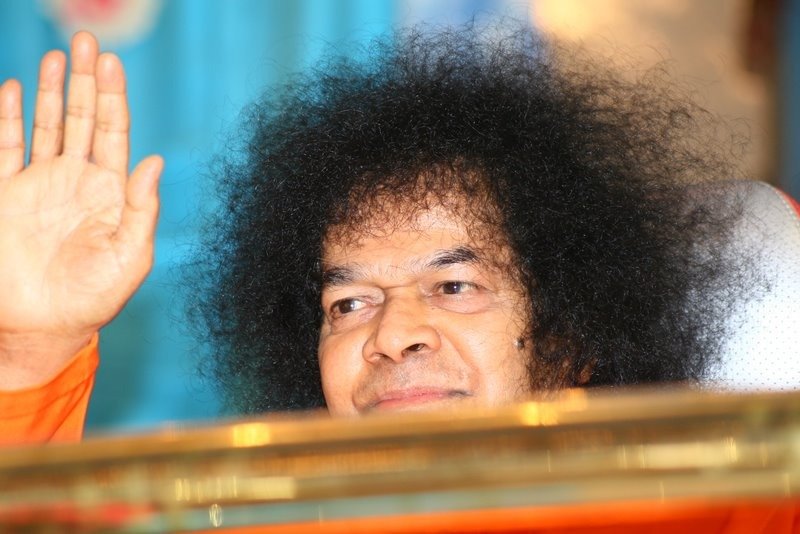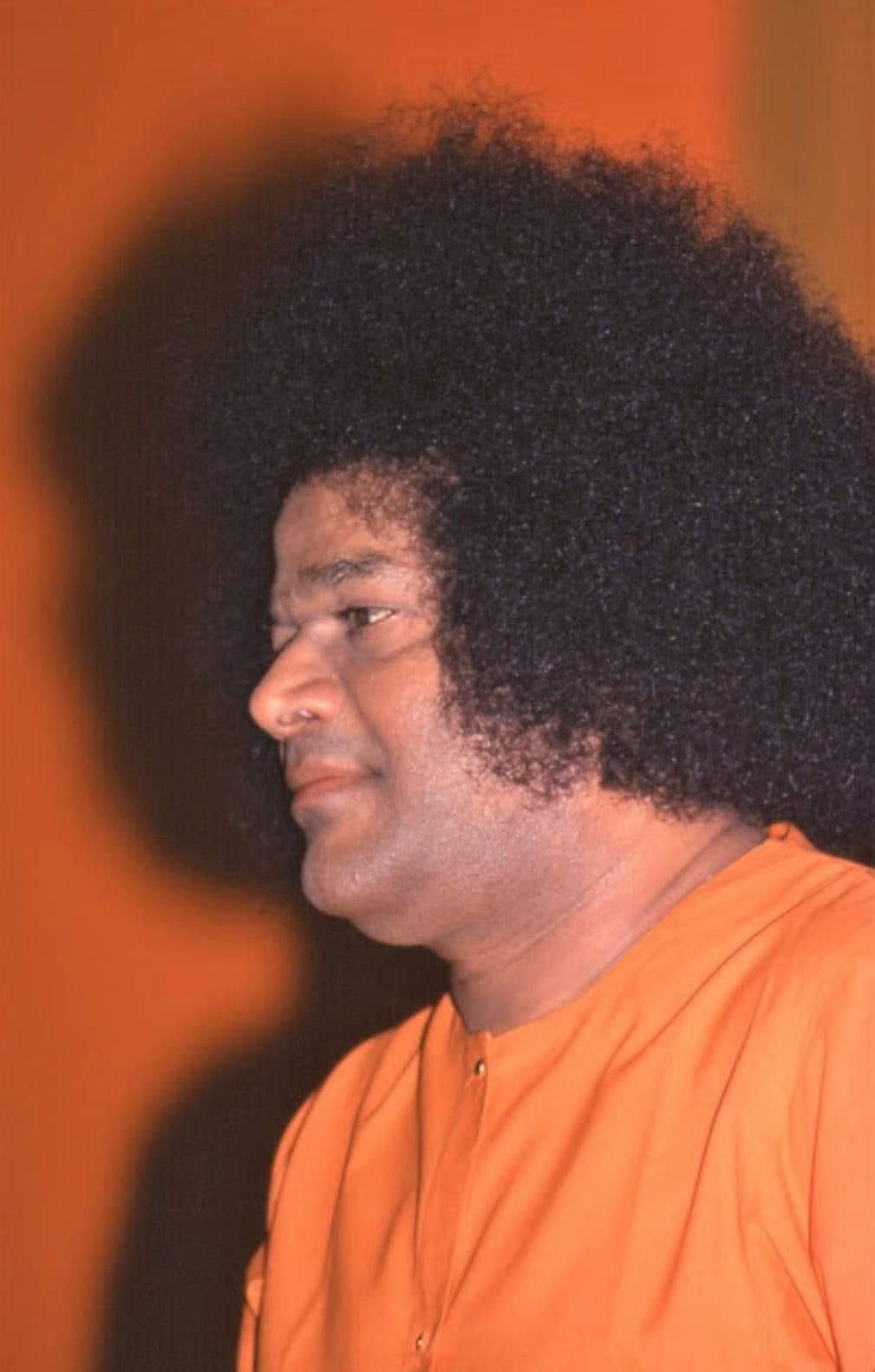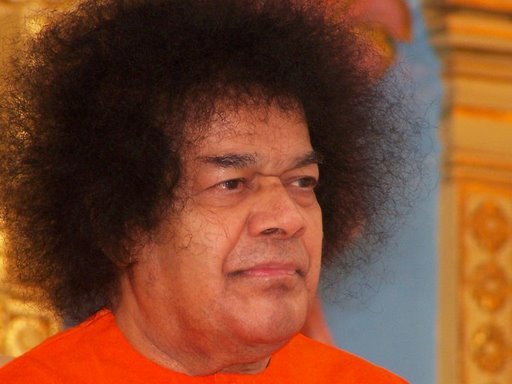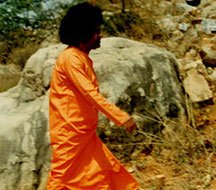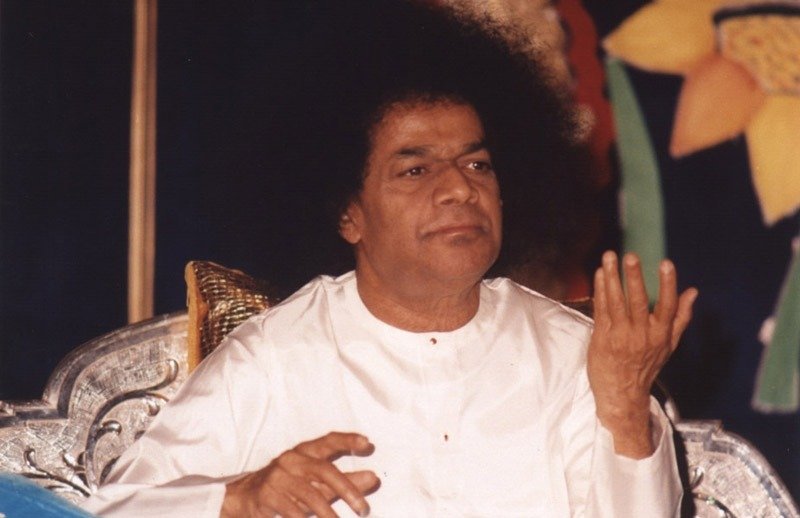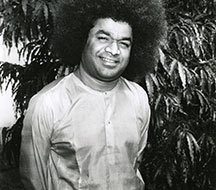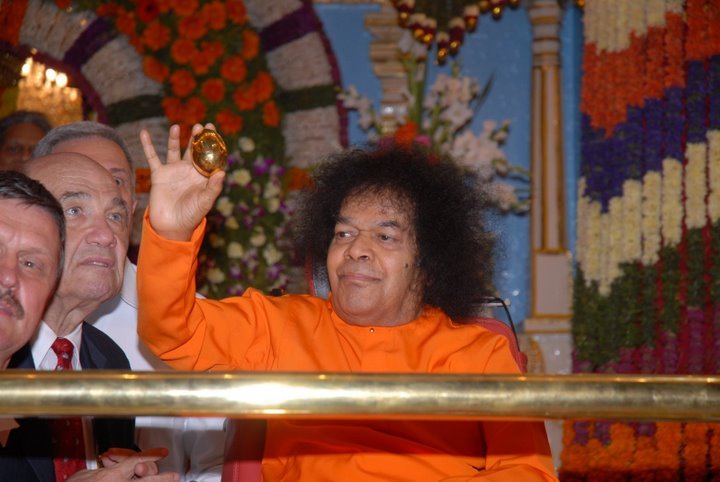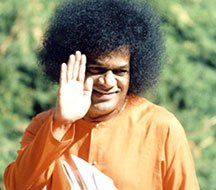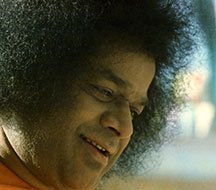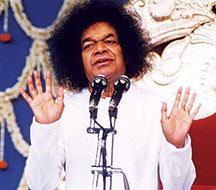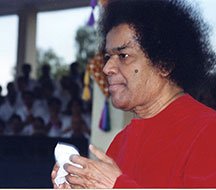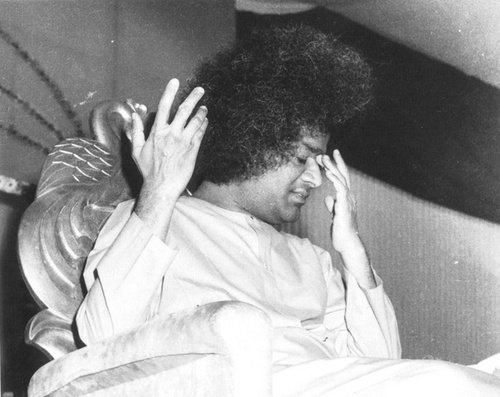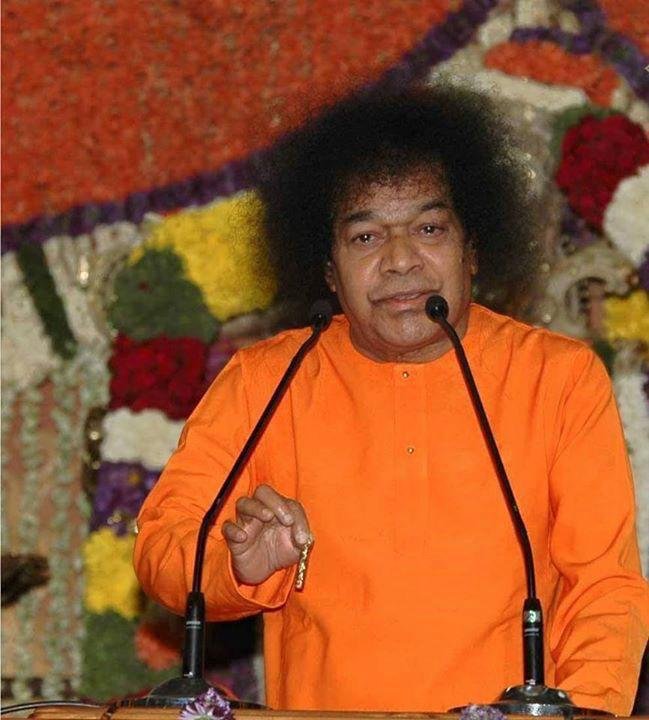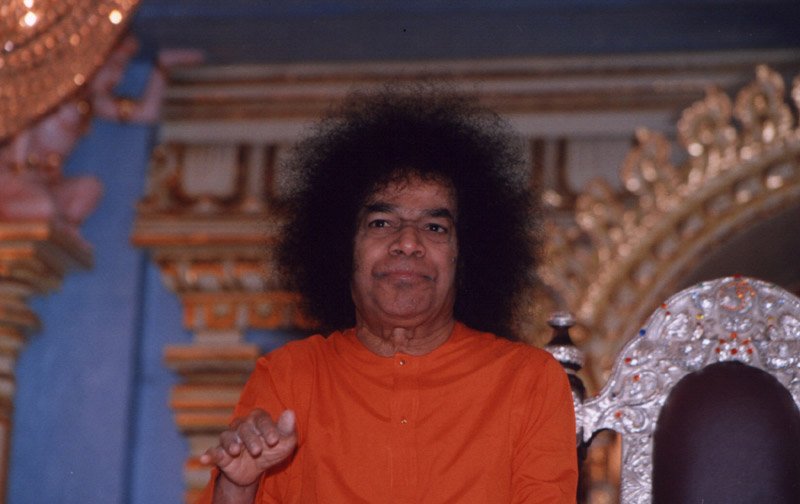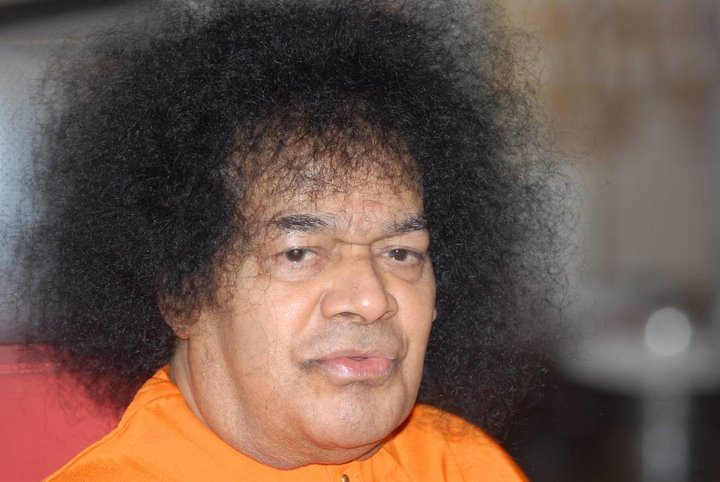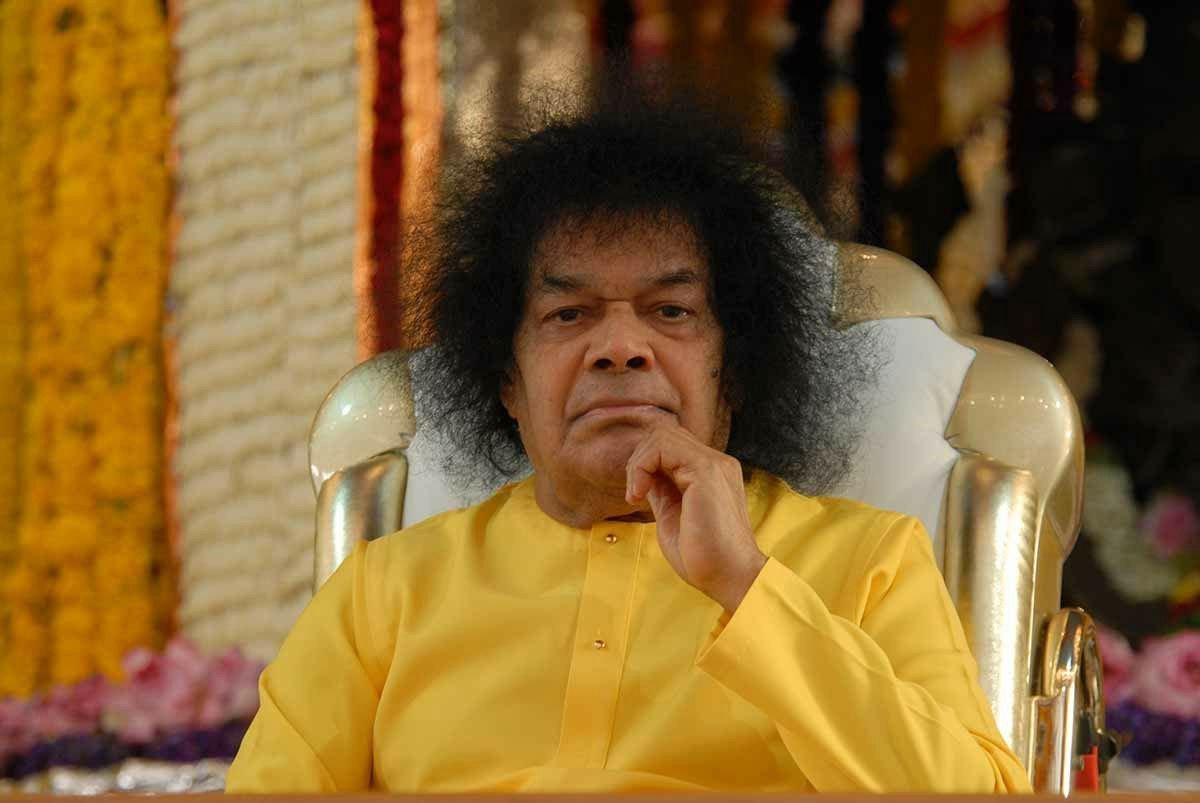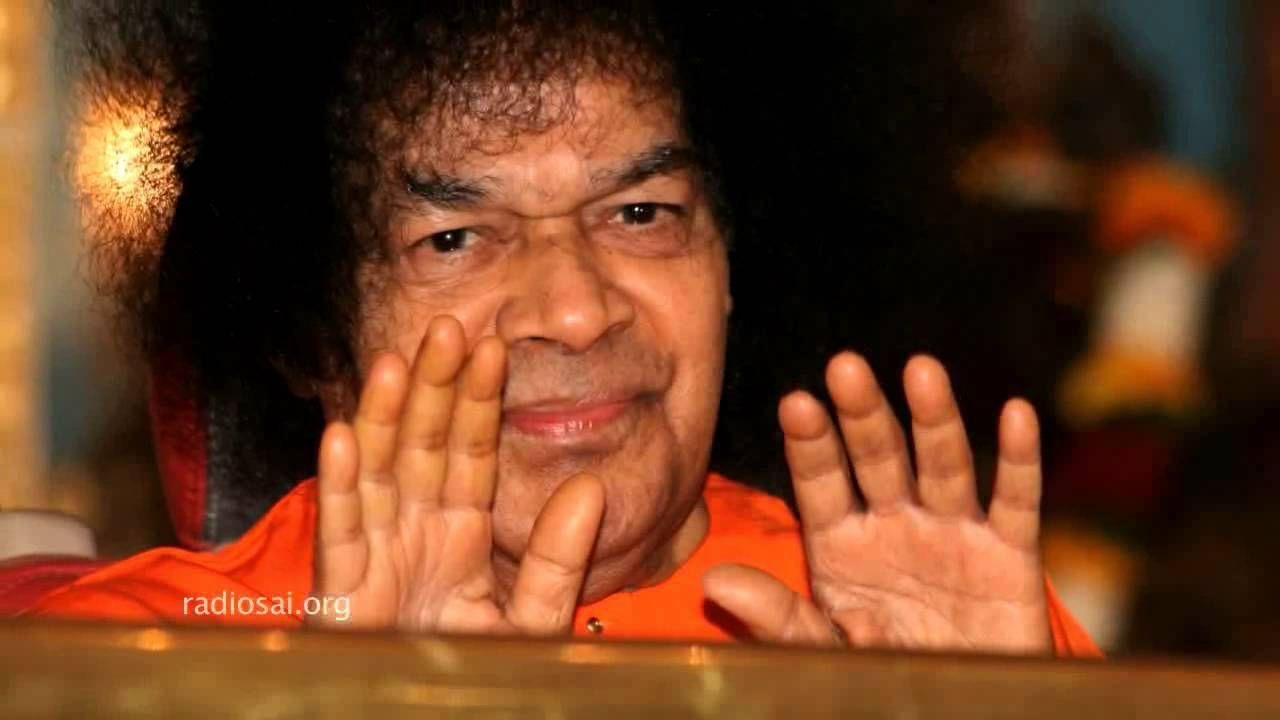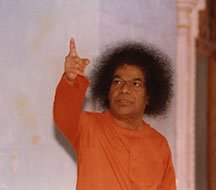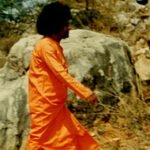Daksinamurty Varnamala Stotram

The Daksinamurty Varnamala Stotram is a profound hymn dedicated to Lord Daksinamurthy, a form of Lord Shiva revered as the ultimate guru and embodiment of supreme wisdom. Lord Daksinamurthy is depicted sitting under a banyan tree, facing south, teaching in absolute silence. This silent teaching symbolizes that true knowledge and spiritual enlightenment often transcend words; it is realized through introspection, meditation, and inner awakening. The stotram itself is structured as a “Varnamala,” or garland of syllables, each praising the Lord’s attributes and reflecting the subtle energies of wisdom, serenity, and detachment.
Reciting this stotram allows devotees to connect with the divine teacher within, removing ignorance and cultivating insight. Lord Daksinamurthy is considered the destroyer of darkness (avidya) and the guide to self-realization. Devotees believe that by meditating on his form and chanting these verses, they can develop mental clarity, intuitive understanding, and a disciplined mind, which are essential for spiritual growth and liberation. The practice highlights the importance of the guru-shishya tradition, where wisdom is transmitted not just through words, but through presence, guidance, and personal experience.
Beyond intellectual knowledge, the stotram fosters spiritual virtues such as patience, humility, detachment, and inner peace. The visualization of Lord Daksinamurthy sitting calmly under the banyan tree reminds the devotee of the power of contemplation and reflection, teaching that worldly distractions must be transcended to attain true understanding. Through regular recitation, the devotee gradually experiences a deeper connection with the self and the divine, gaining insight into the unity of existence and the eternal truth beyond the material world.
In essence, the Daksinamurty Varnamala Stotram is not merely a hymn but a spiritual practice. It encourages devotion, meditation, and the pursuit of wisdom, illustrating that the greatest knowledge comes from the heart and mind, guided by the divine teacher within. By embracing this practice, seekers can achieve intellectual, spiritual, and emotional harmony, paving the way toward liberation, enlightenment, and the realization of the self as one with the Supreme.





